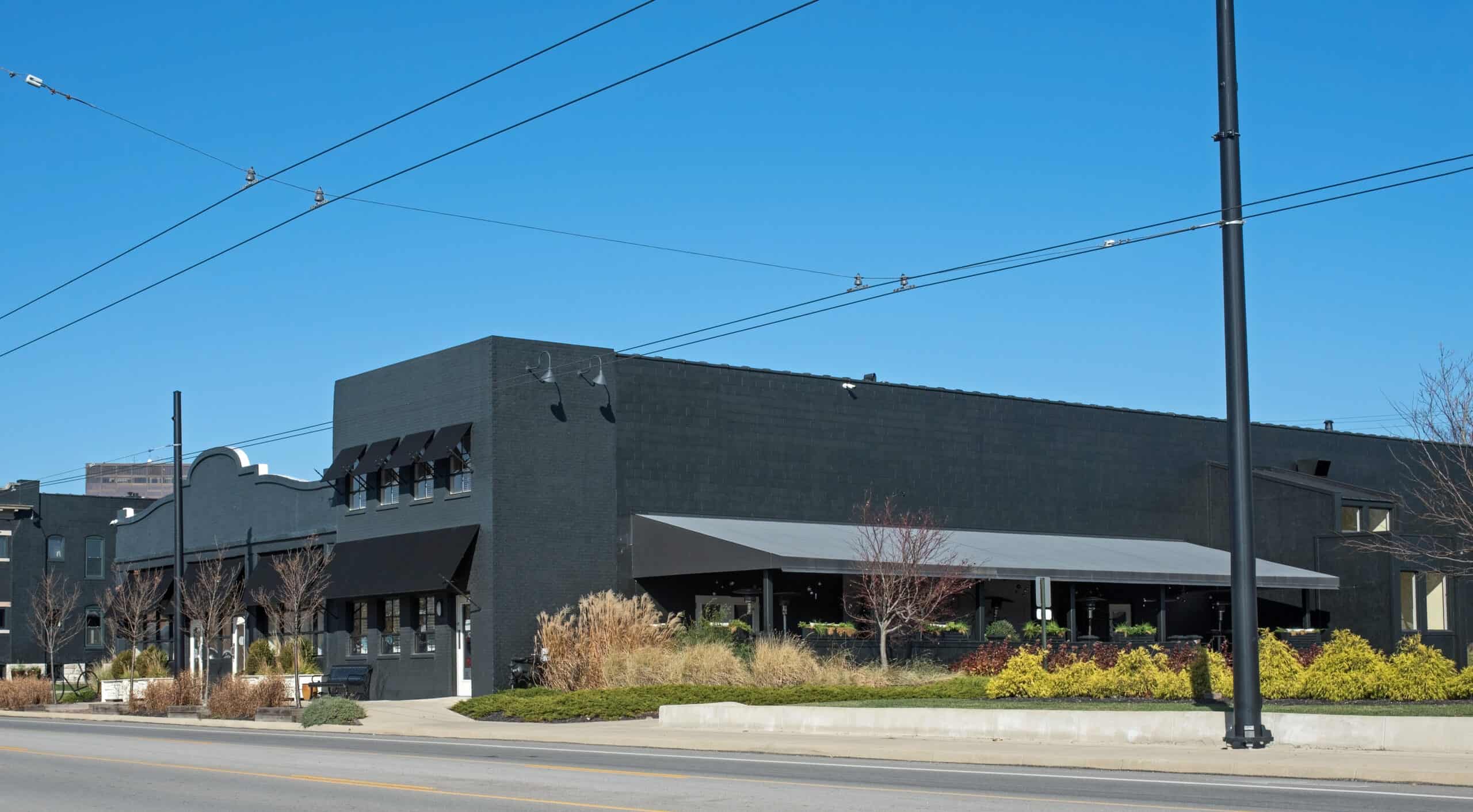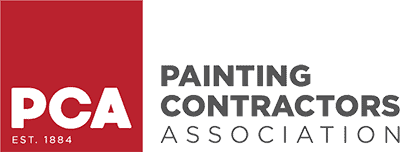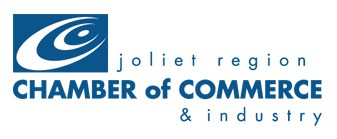Exterior repainting involves more than curb appeal—it protects surfaces, controls maintenance costs, and influences building longevity. Hiring an unqualified or underspecified contractor can lead to peeling, blistering, structural moisture issues, or even compliance problems.
In this comprehensive guide, smart business owners, facility managers, and homeowners will learn to identify critical red flags—from ambiguous proposals and product skimping to missing insurance and warranties.
With industry-level insight, concrete examples, and product-specific recommendations, you’ll gain confidence interviewing exterior painting contractors and safeguarding your paint investment.
Why Due Diligence Matters in Exterior Painting Projects
Exterior Jobs Are Exposed to Harsh Conditions
Surfaces endure UV exposure, high winds, driving rain, freeze‑thaw cycles, airborne pollutants and more. These stressors demand proper substrate prep, high-performance coatings, and precise application.
Poor Workmanship Costs More Than a High Quote
A job done right lasts—often 7–15 years. Skimped prep or improper products can force full repainting within 1–3 years. Worse, manufacturer warranties may be void if specifications aren’t followed.
Red Flag #1 – No Written Scope or Itemized Estimate
Why It’s a Problem
Without a line-item scope, contractors can later cut corners, inflate charges, or skip tasks. It becomes impossible to compare apples-to-apples or verify that necessary steps were included.
What a Good Estimate Should Include
Expect clear items for:
-
Prep work: washing, scraping, patching, caulking, priming
-
Paint: brand, line, sheen, surface coverage
-
Labor & equipment
-
Cleanup and disposal
-
Warranty terms
Red Flag #2 – Vague or No Product Specifications
Why It’s a Problem
Undefined coatings allow contractors to sub in low-performance or incorrect paints that crack, fade, or mildew prematurely.
What to Expect from a Professional
Contractors should specify:
-
Brand & product line (e.g., Sherwin-Williams Duration®, PPG Permanizer®, Benjamin Moore Aura® Exterior)
-
Sheen matched to surface and climate
-
VOC rating (important for health codes, HOAs)
-
PDS or warranty references
Red Flag #3 – No Surface Preparation Details
Why It’s a Problem
Prep is the backbone of durability. Failure to wash, scrape, caulk, patch, and prime guarantees failure—peeling, bubbling, chalking.
Standard Prep Includes
-
Power washing with detergent
-
Removing loose paint and rust
-
Caulking cracks and joints
-
Patching wood or stucco defects
-
Spot or full priming, especially on bare or porous surfaces
Red Flag #4 – No License or Insurance
Why It’s a Problem
Unlicensed labor is unregulated. Without insurance, you risk lawsuits, damage responsibility, or uncovered medical claims.
What to Request
-
State-issued contractor’s license (check validity online)
-
General liability insurance certificate
-
Workers’ comp proof for field crew
Red Flag #5 – Pressure for Quick Decisions or Cash Payments
Why It’s a Problem
High-pressure tactics and cash-only deals often signal fly-by-night operations or scams. Without a signed contract, you’re left unprotected.
Ethical Contractor Approach
-
Formal proposal with terms
-
Reasonable deposit (10–30%)
-
Multiple payment options
-
No hard-sell: trust is earned, not coerced
Red Flag #6 – Too-Low Bid Compared to Market Rates
Why It’s a Problem
A low bid may hide skipped prep, weak paint, or surprise add-ons later. Cheap labor ≠ good value.
What to Watch For
-
Bids 25–40% below competitors
-
Promises of “one coat” for dark-over-light
-
No mention of primers or repairs
Red Flag #7 – No Warranty or Vague Warranty Terms
Why It’s a Problem
No warranty means no recourse if the paint fails. Most reputable coatings offer 5–15 years of product support; labor warranties range 1–5 years.
Legitimate Warranty Should Include
-
Labor warranty details
-
Manufacturer product warranty
-
Clearly documented and transferable
Red Flag #8 – No Experience with Similar Properties
Why It’s a Problem
A contractor unfamiliar with certain substrates—like tilt-up concrete or high-UV siding—may misuse prep methods or coating selections.
What to Ask
-
Similar job references (metal, stucco, wood, etc.)
-
Experience with occupied buildings or off-hours work
-
Before-and-after portfolios
Red Flag #9 – Unwillingness to Provide References or Portfolio
Why It’s a Problem
Refusing contact information suggests poor past performance or unresolved complaints.
What to Expect
-
2–3 references from recent exterior jobs
-
Easily visitable local projects
-
Verified online presence (Google, BBB, Houzz)
Red Flag #10 – Poor Communication or Unprofessional Behavior
Why It’s a Problem
Missed appointments, sloppy responses, and messy equipment often correlate with disorganized or low-quality execution.
Signs of Professionalism
-
Quick, clear communication
-
Detailed answers
-
Clean tools and uniforms
-
Respect for site conditions
Product-Related Red Flags to Watch For
Refusing to Use Requested Products
Contractors unwilling to use specified premium lines may be cutting costs or avoiding performance responsibility.
Lack of Climate/Surface Awareness
Exterior performance depends on environmental conditions. Contractors should recommend appropriate products:
-
Loxon XP or Elastomeric for stucco
-
DTM acrylic for metal rails
-
Aura Exterior in high-UV zones
-
Specialty primers for coastal humidity or freeze-thaw
Sample Interview Checklist
| Question | Red Flag Answer | Pro Response |
|---|---|---|
| Are you licensed and insured? | “We don’t need that.” | “Yes—here’s our license and COI.” |
| What paint will you use? | “We’ll use a decent brand.” | “We recommend Duration/SuperPaint or Aura Exterior.” |
| How do you prep surfaces? | “Just a little scraping.” | “Wash, scrape, caulk, patch, then prime.” |
| What’s your warranty? | “No warranty.” | “5-year labor + 10-year product.” |
| Who does the work? | “I’ll send a guy.” | “Our in-house trained crew.” |
To Sum It Up
Hiring an exterior painting contractor is a strategic investment. These red flags—ambiguous quotes, product vagueness, preparation shortcuts, missing credentials, pressure tactics, or silence on warranties—signal trouble ahead. Protect your property and your budget by asking detailed questions, verifying claims, and reviewing documentation.
Professional painters expect scrutiny. They come prepared, with itemized scopes, trusted products, precise schedules, and solid references. They welcome interviews because they know trust earns contracts.
A top-quality exterior paint job does more than beautify—it safeguards your building. Don’t gamble it on vague promises.
Ready to Hire With Confidence?
Our team delivers itemized, product-specific estimates, transparent scopes, and expert surface evaluations—every time. No corners cut. No surprises. Request your custom exterior painting estimate today.












